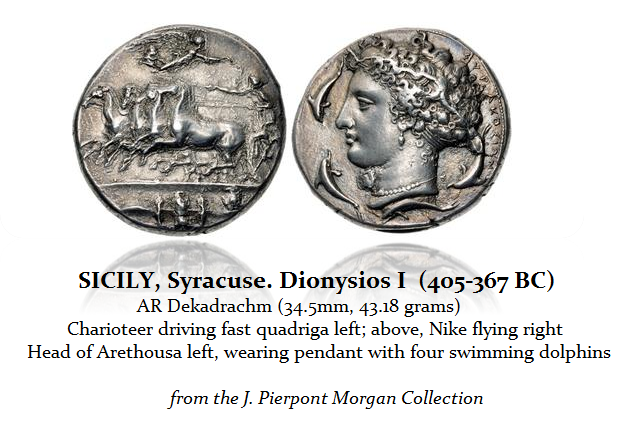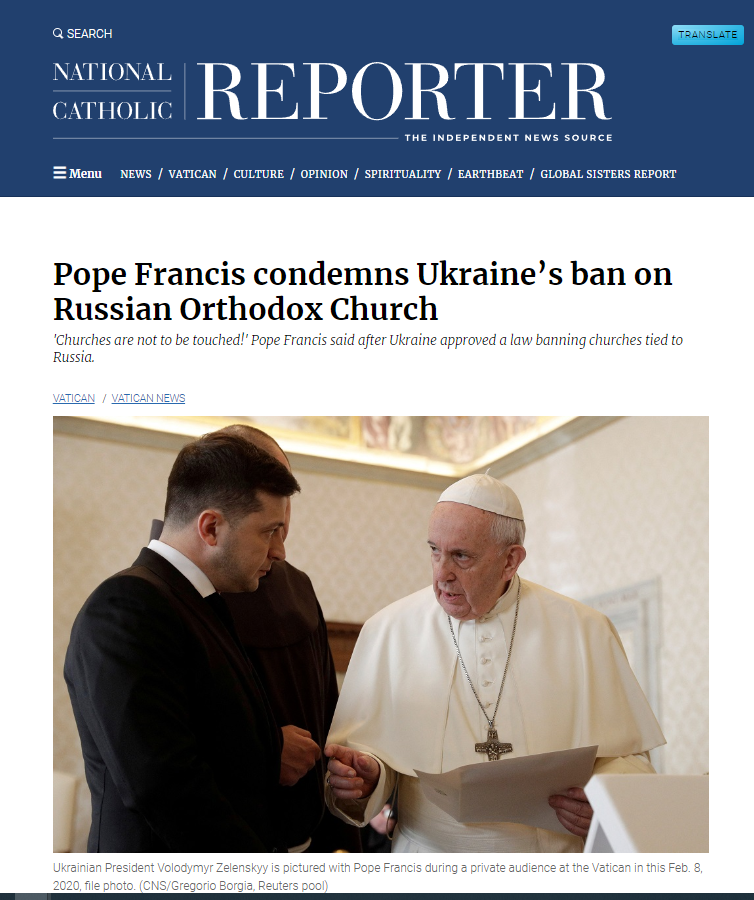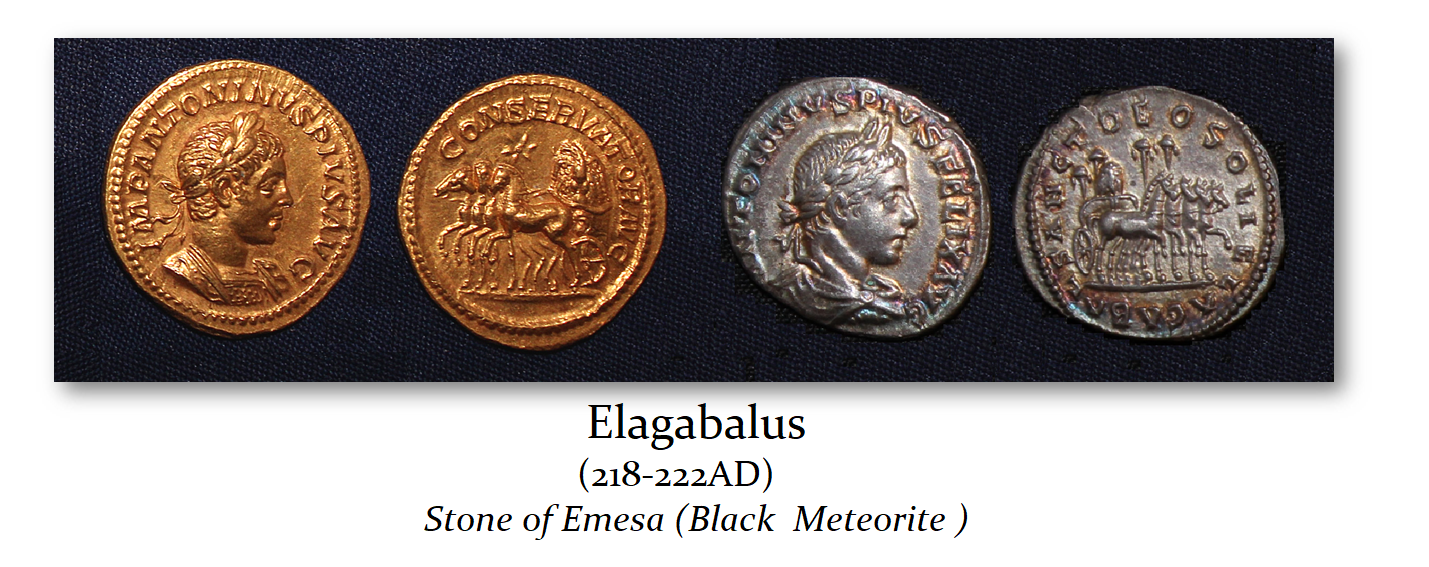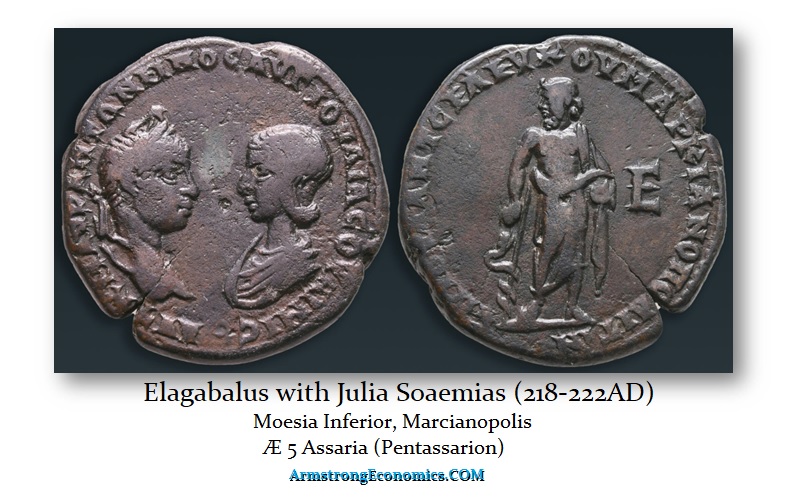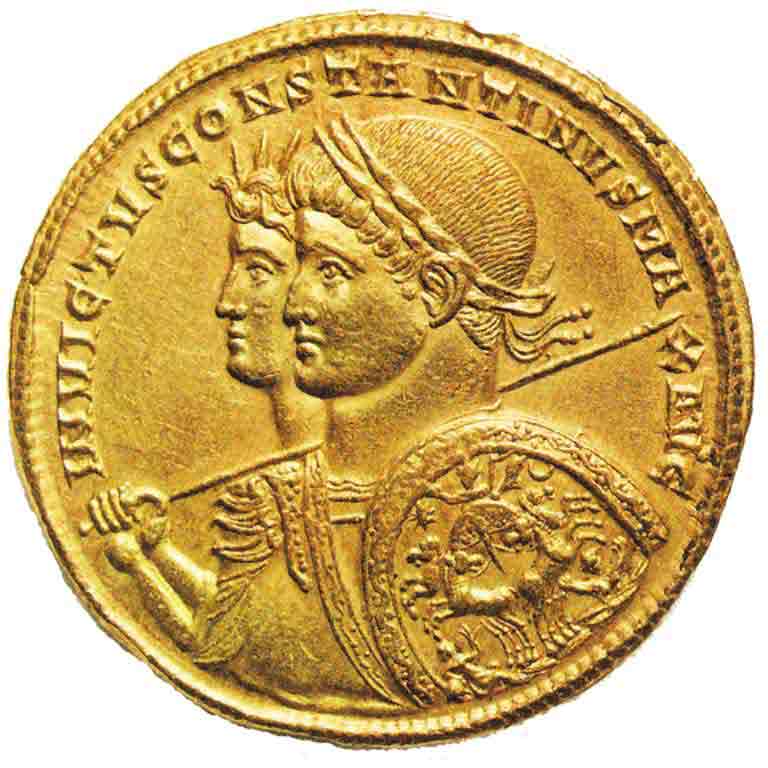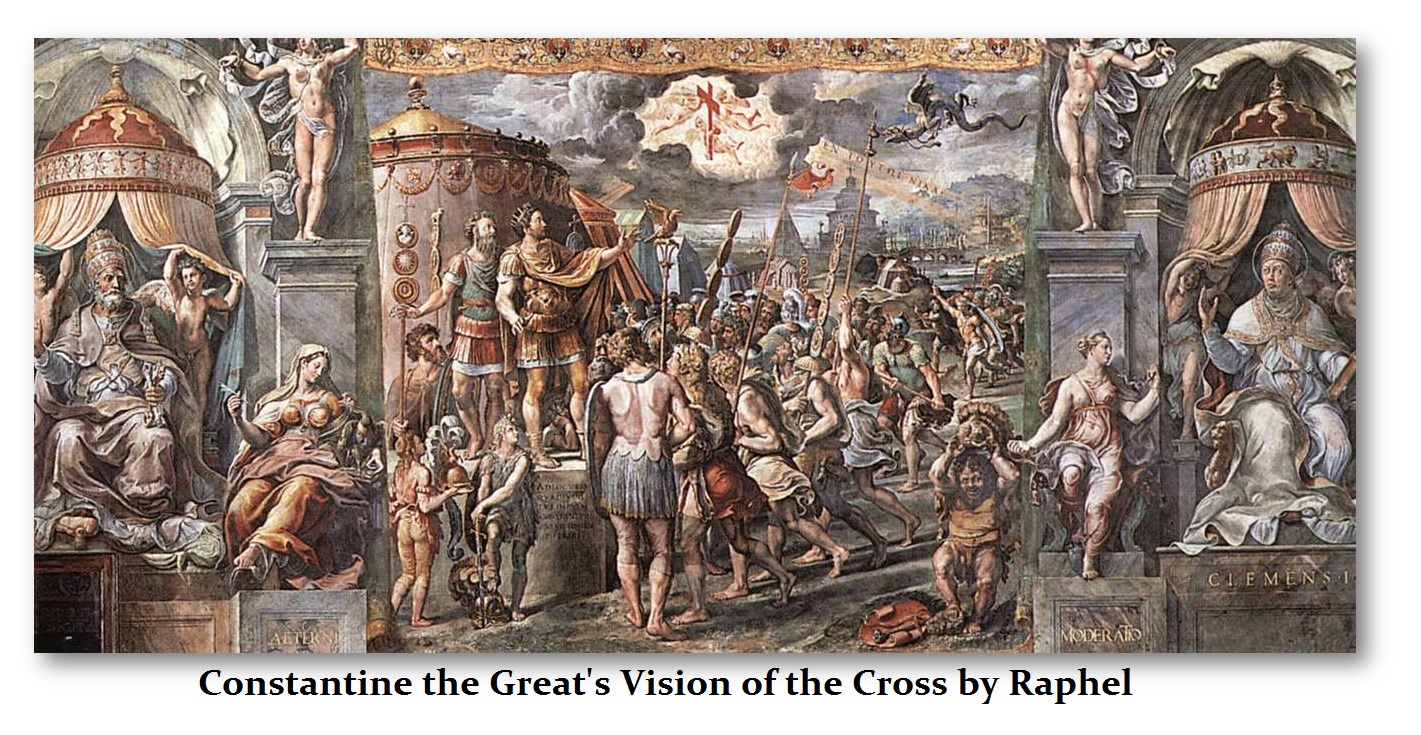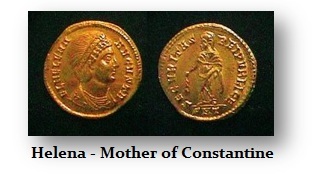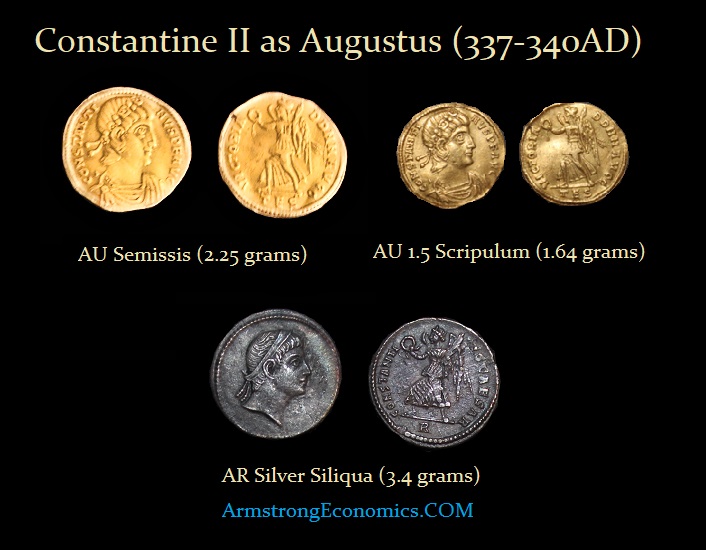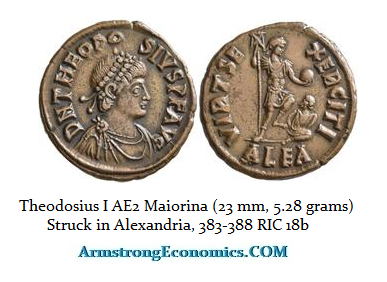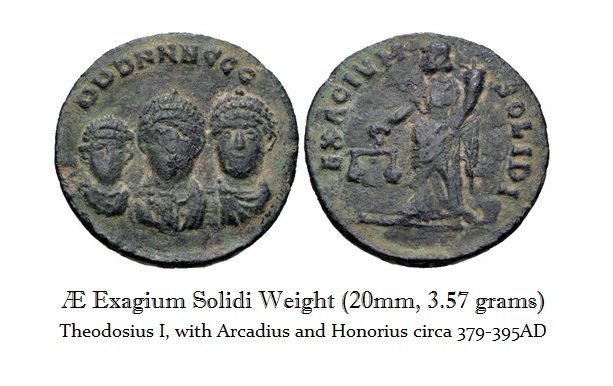I have been asked how the United States will divide. Will there be a civil war, like in the latest Alex Garland movie, Civil War, or will it be peaceful, like the fall of Russia? The country is so polarized it is hard to see it not separating. Dunkin Donuts decided they don’t want to advertise on Rumble because they say “the right-wing culture of the site is too polarizing.” If you are not LEFT, then I guess, you are not welcome to get a coffee and a donut at their stores. Comments like that are polarizing.
History repeats because human nature has never changed throughout the centuries. Garland’s movie did not seek to provide WHY the Civil War took place, just that states sought to secede as they did during the 1860s. Then, it was really over religious beliefs that were opposed to slavery and hung on the words of Jefferson that all men are created equal.
Throughout history, whenever governments seek to concentrate power into a federal-type state, this will inevitably lead to civil war. Every government with centralized control, like the USA and now the EU and Britain, will always attempt to impose a single doctrine on the entire community. The English Civil War was over religion – protestant vs. Catholic- a revolution against centralized control from the Vatican. The Roman Republic was formed in 509 BC against centralized control by a monarch, and within about 6 months, Athens overthrew its tyrants, giving birth to Democracy.
Even if we look at the ancient world as it developed, agriculture was wealth. The expansion of agriculture as villas produced more than they needed personally meant grain became money, and this influx of wealth meant that a class distinction emerged with the original leaders were often called Gamoroi, “land owners” – who found themselves competing as a new class of nouveaux riches which could afford the private armies of soldiers (hoplite) with armor (panoply). Throughout the Greek world, the economics of agriculture led to the same consequences that stoked political tensions. From around 800 BC, we find that the way to gain wealth was land, and this no doubt inspired Greeks to seek land and resources, much like the expansion of settlers in America and the constant push westward.
The Athenian historian Thucydides informs us that the first Greeks to settle on Sicily were from Chalcis on Euboea. In 734 BC, they founded Naxos on a peninsula near the Etna. In the following year, the famous city of Syracuse was founded by the Corinthian Archias. The political changes in Greece eventually led to the rise of colonization, especially during the 8th to 7th century BC. The move toward Greek colonies was essentially this same splitting of societies and the political tensions over centralized control. The Greek colonies were aristocratic in nature and developed based on the desire of the wealthy Greek agricultural nobility to maintain their way of life in an age of political change. Sicily was colonized by the Greeks, and cities like Syracuse and Naxos fit this pattern, which was spawned by political change.
The real issue with the American Civil War was that the slaves were the workforce for the South. Slavery was different from serfdom. In the former, you were property that could be sold separately, whereas, under serfdom, you were attached to the land and transferred with the land to a new owner. Abolishing slavery may have sounded ethical, but there was a huge problem. About 70% of the civil workforce was in agriculture. Freeing the slaves was not what it would be today, where they could just go get a job at Starbucks. This was the pre-Industrial Revolution. Even by 1900, agriculture still represented 41% of the workforce. This is why many blacks remained where they were and were paid wages. There was no panorama of job opportunities pre-Industrial Revolution.
The South feared it would lose its workforce by freeing the slaves, thereby destroying its economy. The solution was obvious. Instead of demanding freedom that was perceived as all their labor would have fled, had someone with an understanding of economics merely looked at this with a dispassionate eye, it was clear that the slaves could have been granted their freedom and transitioned to a wage-based employment system. The slave owners who were cruel would have lost their employees. The lack of employment outside of agriculture would have ensured their labor force did not simply all migrate.
Today, we face this same problem of a dictatorial decree from a central federal government that risks creating a civil war over different issues. Those who attain power always seek to hold on to that power at all costs. Thus, the Concentration of political power into a federalized government historically leads to tyranny as those in power seek to expand their power and enact endless
legislation that only accelerates the cycle of Revolution. Federalized governments should be confined to relations between national states. Local governments should retain exclusive jurisdiction over domestic policies that impact culture. This was the success of Rome.
Historically, centralized authority will always attempt to impose one rule upon the whole, irrespective of religion or custom. Zelensky has sought to impose dictatorial rule over the Donbas, outlawing the Russian language, outlawing Orthodox religion, and even dictating that Russians in Ukraine are not allowed to celebrate Orthodox Christmas and must adopt the Western tradition of December 25th. On August 25th, 2024, Pope Francis criticized Zelensk’s decision to ban the Ukrainian Orthodox Church. Zelensky is an outright evil man who is deliberately trying to create World War III. Orthodox Christianity dates back to the time of Constantine during the 4th century AD. The Great Schism of 1054 is the break of communion between the Roman Catholic and Eastern Orthodox churches. Zelensky’s hatred of Russians is leading the world into World War III intentionally. He hopes to destroy Russia with American mercenary troops.
Zelensky is a modern-day example of why there should be no federalized power over any state’s domestic economy and culture. What Zelensky has done is so outrageous he should be dragged from power screaming as the Romans would often do. When Elagabalus (218-222AD) became emperor, he departed for Rome, taking with him the famous black stone (meteorite) that was claimed to have come from the heavens, so they built a temple to it in Emes, Syria. Elagabalus attempted to force the Romans to worship this stone.
His reign was notorious for religious fanaticism, cruelty, bloodshed, and excesses of every description, and there was general satisfaction when, on March 6th, 222, Elagabalus and his mother, Julia Soaemias, were murdered in the praetorian camp. Their bodies were dragged through the streets of Rome and thrown into the Tiber. There are many lessons from history that there are some things you should not do. The only way for Ukrainians to save their country is to get rid of Zelensky by revolution since he has suspended all elections during the war. He has made himself the ruthless dictator he claims Putin is all along.
In 312 AD, two rival Roman generals fought for power in Rome. Constantine, whom Christians gave the title the Great, emerged victorious and built a new imperial metropolis in the economically more profitable East. This became Constantinople, which today is Istanbul. There has always been a question of authenticity regarding Constantine’s Christianity. This gold medallion portrays Constantine with the sun god Sol.
Constantine defeated Maxentius in the Battle of Milvian Bridge. Despite the biased historical accounts, the Battle of Milvian Bridge was less of a battle between Christianity and paganism as it was a battle for power and control. While Maxentius may have been a pagan, he did not persecute the Christians and, in fact, built the first Christian church in Rome. As for Constantine I himself, he would prove to be a man who rarely kept his word and often displayed ruthless tactics to gain sole domination of the Roman Empire.
The claimed vision of a cross in the sky was only a tactic because the majority of Maxentius’ troops were Christians. Because Constantine declared Christianity the state religion, he was exalted in history. However, he did not bother to get Baptized until he was on his deathbed. Constantine’s new capital of the Roman Empire by Constantine the Great, after whom it was named, and dedicated on May 11th, 330AD. His mother, Helena, was a devout Christian – but not her son.
His son, Constantine II, then became a main instigator in what has become known as the “palace massacre,” during which most family members born of his step-grandmother Theodora were murdered. Few were spared, and those were only due to their extremely young age, particularly the future Emperor Julian II. It was Julian II who rejected Christianity, for he saw it did not prevent Constantine II from slaughtering his family all for power.
The Roman Empire split in two. Theodosius I (379-395AD) was the last emperor to rule the entire Empire. In 390 AD, Theodosius was excommunicated from the church for massacring 7,000 citizens in Thessalonica for civil disorder. He was ordered to do public penance, which he completed. In 391 AD, Theodosius forced Christianity, and all pagan temples were closed throughout the Empire.
Upon the death of Theodosius I, the empire was split between his two sons, with Arcadius taking the East and Honorius taking the West. On November 18th, 401AD, Honorius moved the capital from Rome to the Milan area in the city of Ravenna.
From the founding of Constantinople in 330AD, the rule of one emperor established by Constantine ended in just about two Pi Cycles with the death of Theodosius, and the Empire divided once again. Rome itself ceased to be the capital of the West in 401AD, and that conformed to a 72-year Revolutionary Cycle.


